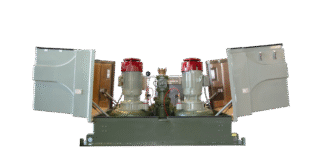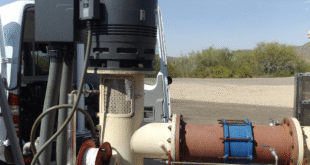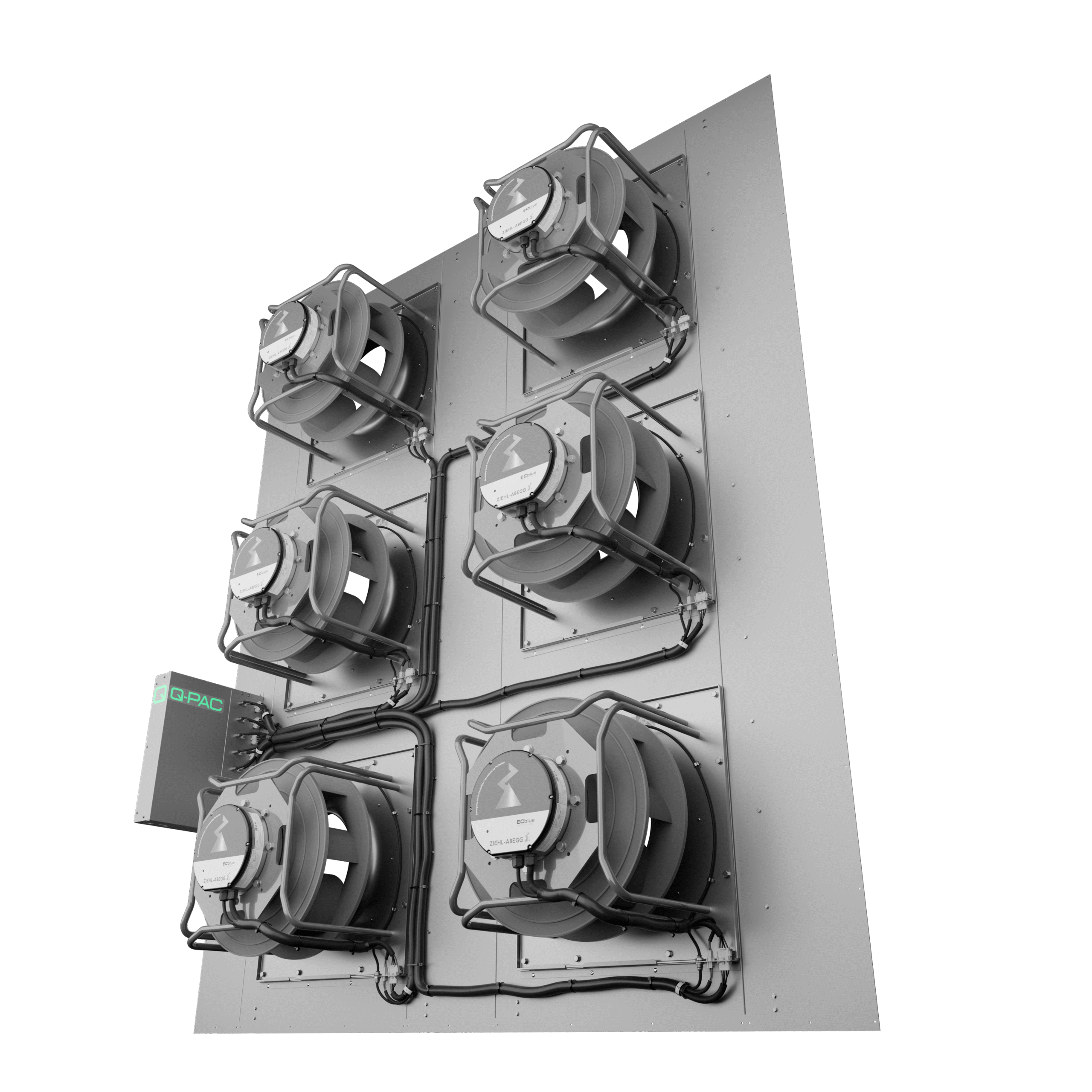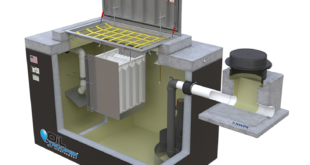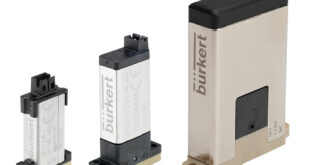This takes place either in a separate workstation by means of robot-guided application or directly in the mould.
In the separate workstation, the fibre fabric is guided under the WCM nozzle of the mixing head by one or more robots.
At this stage, the reactive mixture is applied to the fibre fabric.
Impregnated fibre fabric
The robot then places the impregnated fibre fabric precisely in the mould.

The press closes along with the mould, ensuring that the reactive plastic is distributed evenly.
After curing, the finished component can be removed for trimming.
Compared with HP-RTM technology, the WCM process places significantly fewer demands on production, particularly with regard to the complexity of the mould.
Using WCM technology means that the material can also be applied directly in the lower mould if complex geometries or large components are involved.
The lower mould is typically extended out of the press to ensure optimum accessibility.
After the material has been successfully applied, the mould moves into the press, whereupon it closes and the curing time also begins.
Hennecke has now developed a new WCM nozzle for this purpose.The nozzle differs from commercially available nozzles in that it has an improved wide slot geometry, can be exchanged easily and also has various safety functions.
When developing the WCM nozzle, the focus was on quick and easy maintenance. This means that the nozzle can be positioned by just one operator in a matter of seconds or be replaced during maintenance.
 Engineer News Network The ultimate online news and information resource for today’s engineer
Engineer News Network The ultimate online news and information resource for today’s engineer
